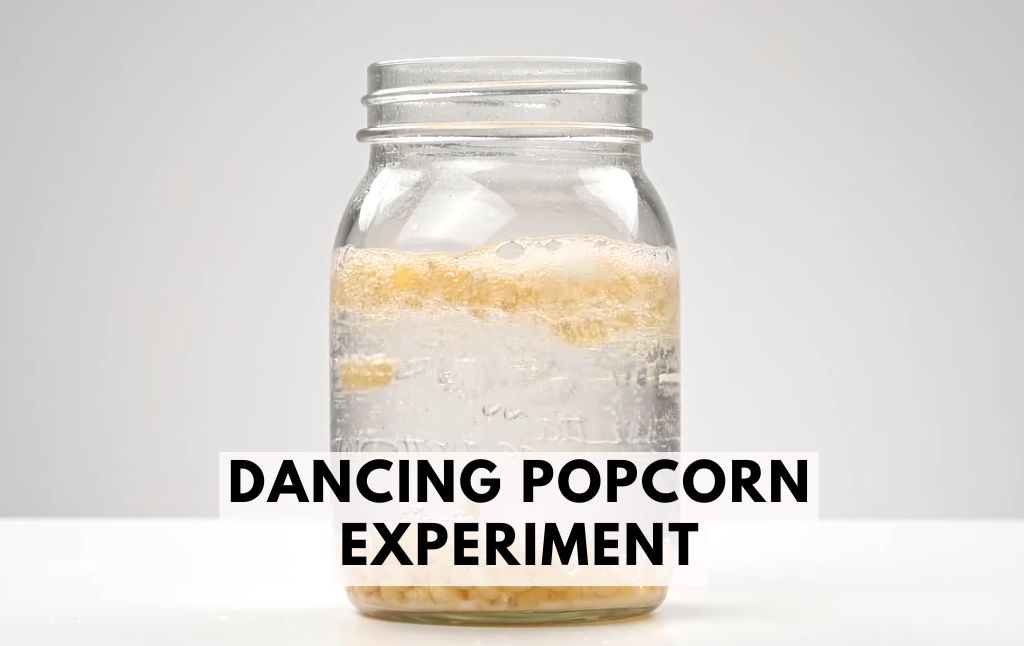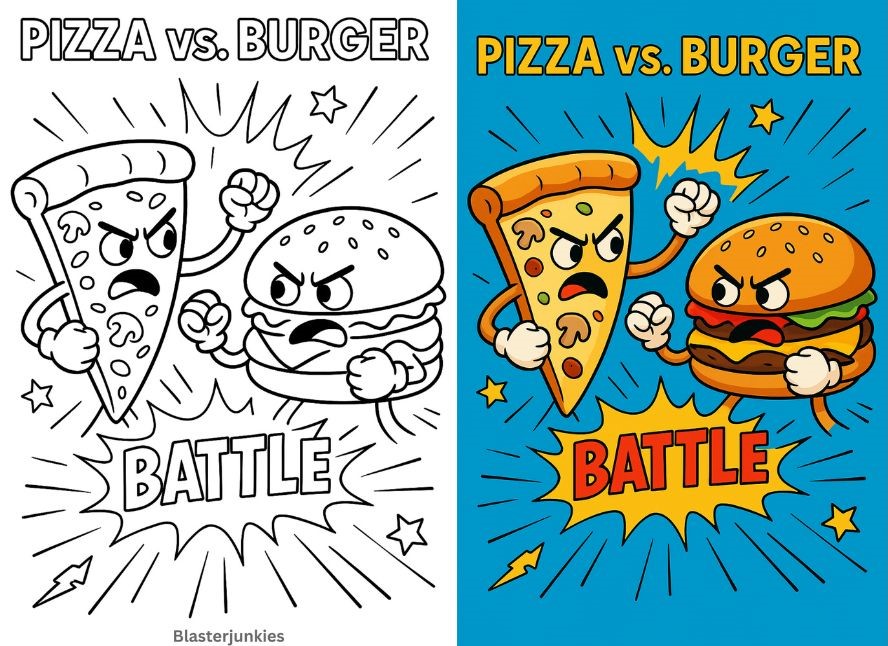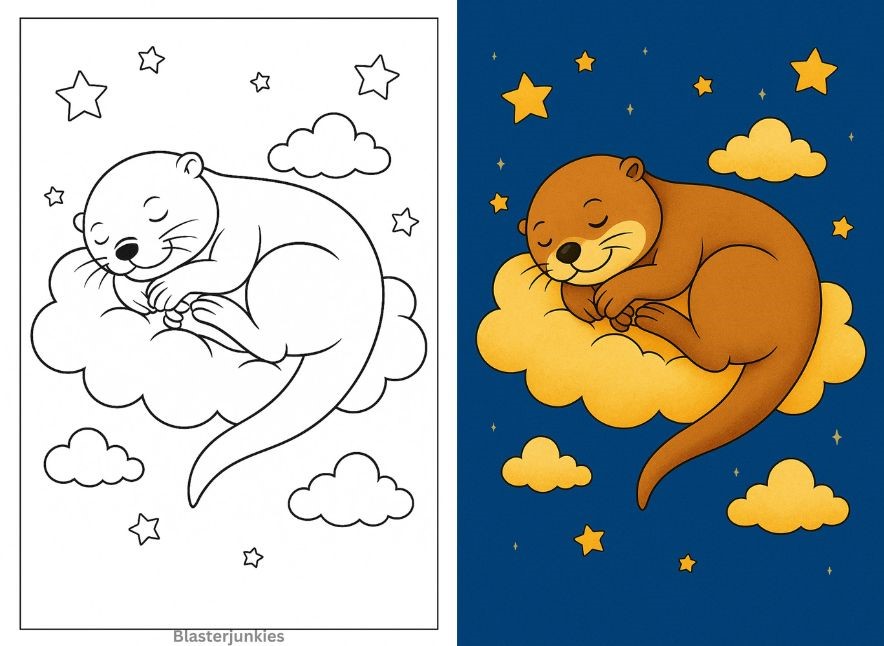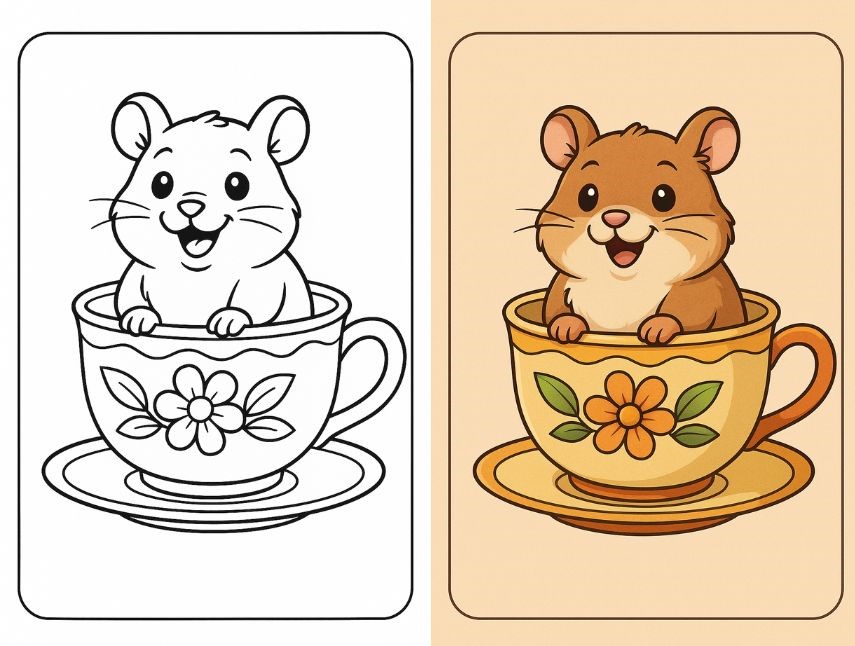Looking for a fun and simple science experiment that will amaze kids and teach them basic chemistry concepts?
The Dancing Popcorn Experiment is a fantastic hands-on activity that demonstrates the reaction between baking soda and vinegar while making popcorn kernels appear to dance in water.
It’s easy to set up and requires only a few household ingredients, making it perfect for at-home learning or classroom science experiments!
Materials Needed:
- 1 cup of water
- 1/2 cup of white vinegar
- 1 teaspoon of baking soda
- A handful of unpopped popcorn kernels
- A clear glass or jar
- A spoon for mixing
Step-by-Step Instructions:
Step 1: Prepare the Water and baking soda Solution
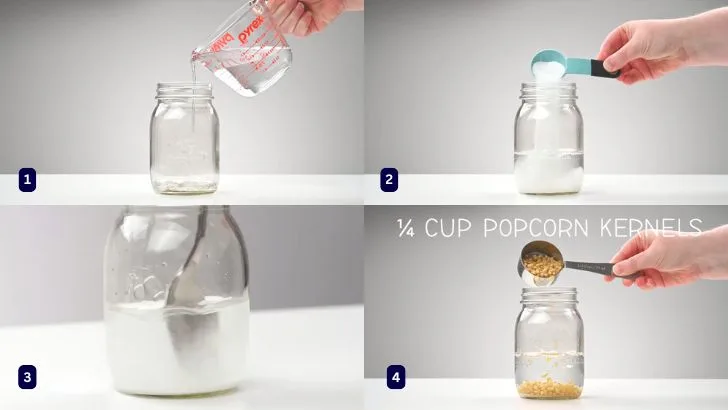
Fill a clear glass or jar with 1 cup of water and add 1 teaspoon of baking soda. Stir the mixture gently to combine the liquids.
Step 2: Add the Popcorn Kernels
Drop a handful of un-popped popcorn kernels into the glass. Observe how they sink to the bottom due to their weight.
Step 3: Create the Reaction
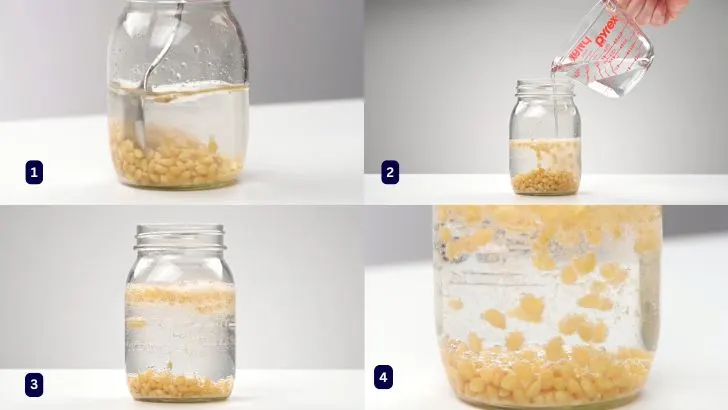
Mix the baking soda solution and popcorn kernels well.
Add 1/2 cup of white vinegar to the glass and watch the magic happen! As the vinegar dissolves and reacts with the baking soda, it creates carbon dioxide gas bubbles.
These bubbles attach to the popcorn kernels, causing them to rise to the surface. Once the bubbles pop, the kernels sink back down, making them look like they are dancing!
The Science Behind the Experiment
This experiment is a fun way to demonstrate chemical reactions and density in action:
Chemical Reaction: The vinegar (acid) reacts with the baking soda (base) to create carbon dioxide gas. This gas forms bubbles that lift the popcorn kernels.
Density and Buoyancy: When the kernels are at the bottom, they are denser than the liquid. As bubbles attach to them, they become lighter and float. When the bubbles pop, the kernels become heavy again and sink.
Experiment Variations
Try using different types of grains like rice or lentils to see if they dance as well.
Use club soda instead of vinegar and baking soda to test if naturally carbonated liquids work.
Add food coloring to the water to make the experiment more visually appealing.
Conclusion
The Dancing Popcorn Experiment is a simple yet fascinating way to introduce kids to scientific concepts like chemical reactions and density. It’s a great educational activity that combines learning with excitement! Try it today and enjoy the mesmerizing effect of dancing popcorn! 🌟
Kids Activities
Looking for more fun kids activities and other ideas to keep kids engaged, learning, and having fun? Check out these:
Lava Lamp Experiment with Oil and Water: A Fun DIY Science Project
How to Make a Paper Boat: A Step-by-Step Guide

